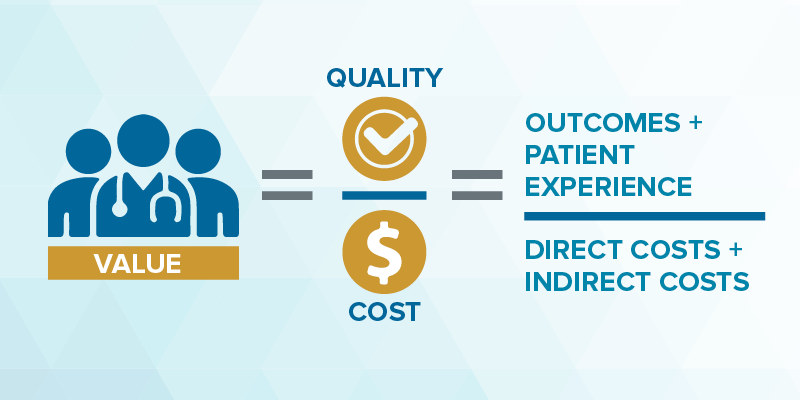For the entirety of their careers, most providers have utilized the fee-for-service model of healthcare and nothing else. What does this mean?
It means that traditionally, in order to get paid, providers must complete services for their patients, at the end of which, they would charge for those services. This model causes practices to function the way many businesses would. Sell as many products as they can to make the most amount of money possible. This is the main issue with the fee-for-service model. This model enables providers to think less about what the most efficient and effective care strategy for the patient might be and more about what services they could provide to maximize revenue.
An increasing number of the medical community agrees that this is a toxic line of thinking overall for the industry,so a transition is being made to the value-based care model. What is value-based care? What are the challenges towards transitioning to this model? Lastly, what solutions are available to simplify the transition toward?
What is Value-Based Care?
Value-based care is a model of offering care to patients that no longer rewards providers for the quantity of services delivered, but rather the quality of care. Value-based reimbursement is the process of getting paid for finding ways to improve the health of your patients, not providing an expensive list of services to your patient’s who might struggle to afford them. The overall effect that this model has on a provider, both in a hospital setting and a practice setting, is it makes them take a step back and ask themselves what is going to help my patient reach their health goal most quickly and effectively. This helps the patient achieve better results more efficiently. While the expensive tests and services are not always avoidable, they are no longer the first choice.
What Challenges are Involved in the Transition?
1) Data Structure
While value-based care drives providers with a better incentive to care for their patients, it is extremely complex. This makes the collection of quality structured data difficult. Finding quality technology that helps structure your data is key.
2) Financial Risk
Restructuring how your practice manages its financials is a heavy risk to any provider. Value-based reimbursement involves changing the way your practice receives payment and how often. Analytic software that is built to help you avoid the risk involved in change is vital.
3) Integration
While many providers are using at least one value-based care model in their practice, many are reluctant to complete transition due to difficult integration. Finding a way to structure data, access it, and share it has been a major obstacle. Again, partnering with the right vendor of quality software can help overcome this challenge.
The Benefits and Solutions of the Value-Based Care Model:
1) Patient Engagement
Patient engagement is a buzzword in the medical community that drives much of today’s medical decision making. Research has shown that patients who are more regularly engaged with their medical providers are more likely to have good outcomes. The effect that high levels of patient engagement have on patient outcomes relates directly to the value-based care model. Providers who utilize tools to increase patient engagement will see better outcomes and higher levels of reimbursement. Value-based care also increases patient engagement by encouraging providers to focus more on patient care.
2) Stay Truly Patient Focused
The incentive that drives payments for the value-based care model is the quality of patient care rather than the number of services provided. This ensures that the provider is staying truly patient-focused rather than payment focused. This benefits the patient by giving them access to a higher level of care and a provider who has their best interest in mind. Providers are rewarded for helping patients improve their health.
3) Cuts Costs and Minimizes Wasted Funds
With the value-based care model, providers will find themselves cutting costs and minimizing wasted funds. With the traditional fee-for-service model providers were driven to waste funds on less-than-effective treatments for the sake of payment, costing them more in the end. Value-based care encourages providers to take the most cost-efficient and effective method of care for the patient.
Transitioning to the value-based care model can be challenging, but the benefits far outweigh those challenges. The key to a great implementation and transition is to find a quality software partner. To learn more about a software that can ease your transition to value-based care, click here.





